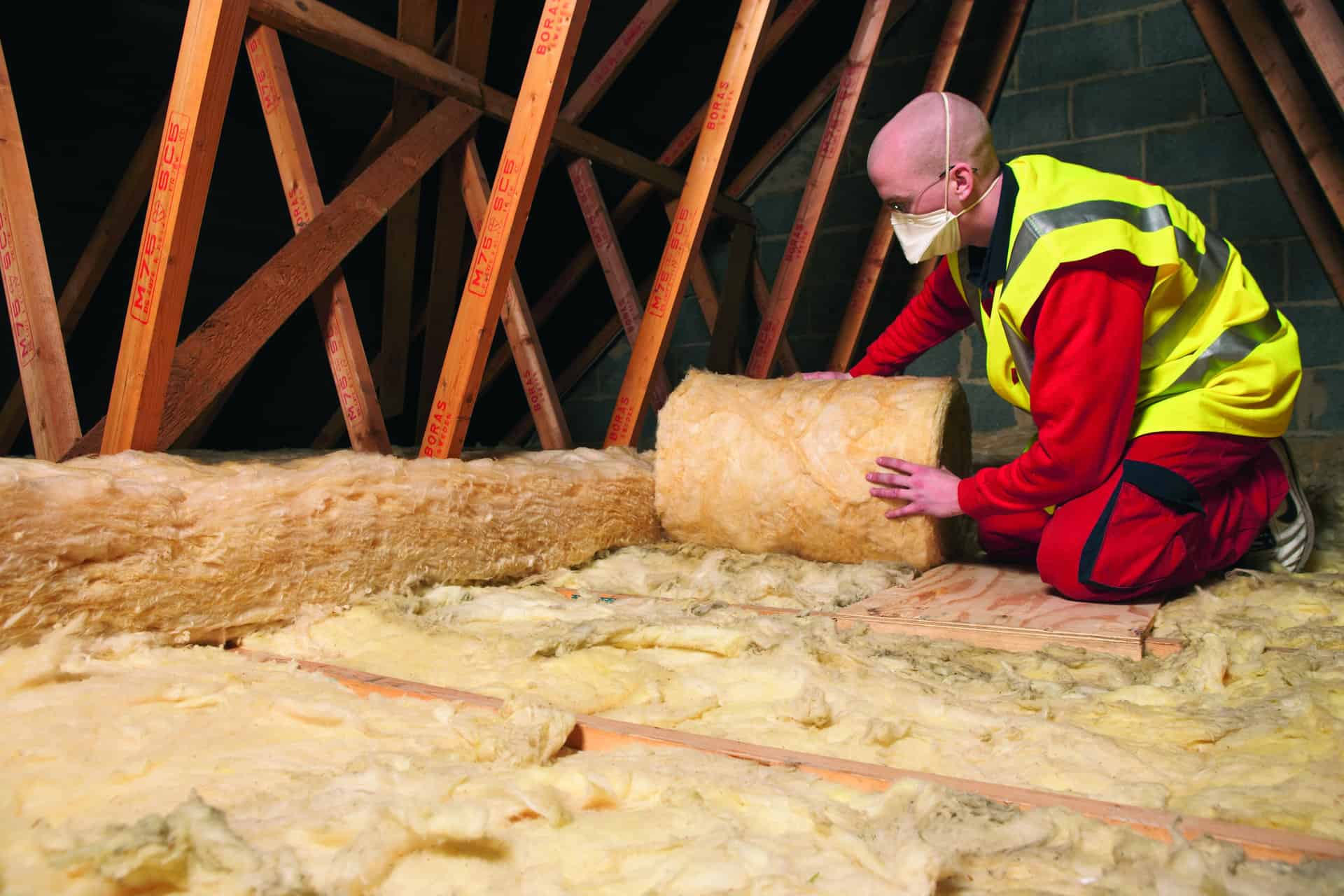Roof insulation plays a crucial role in maintaining a comfortable indoor environment while reducing energy consumption. When it comes to choosing insulation materials, natural options have gained popularity due to their sustainability, thermal performance, and eco-friendliness. In this article, we will delve into the world of natural materials for roof insulation, exploring their benefits, applications, and considerations.
- Wool Insulation:
Wool, derived from sheep, is a versatile and effective natural insulation material. Its unique structure allows it to trap air, providing excellent thermal insulation. Wool insulation offers several advantages, including moisture absorption, fire resistance, and soundproofing capabilities. It is commonly used in both residential and commercial buildings, particularly in colder climates. - Cork Insulation:
Cork, obtained from the bark of cork oak trees, is a renewable and sustainable insulation material. It possesses excellent thermal insulation properties, making it ideal for roof applications. Cork insulation is lightweight, resistant to moisture, and has good acoustic properties. Additionally, it is a natural fire retardant and does not release harmful gases when exposed to high temperatures. - Hempcrete Insulation:
Hempcrete, a mixture of hemp fibers and lime binder, is gaining popularity as an eco-friendly insulation material. It offers excellent thermal insulation, breathability, and moisture regulation. Hempcrete is lightweight, non-toxic, and has a low carbon footprint. Its use in roof insulation provides a sustainable solution while improving energy efficiency and indoor air quality. - Straw Bale Insulation:
Straw bales, made from agricultural waste, have been used for centuries as a natural insulation material. When properly installed, straw bale insulation provides high thermal resistance, soundproofing, and breathability. It is a cost-effective option and can be used in various roof types. However, it requires careful protection against moisture and pests. - Recycled Denim Insulation:
Recycled denim, made from discarded jeans and other denim products, is an innovative and sustainable insulation material. It offers excellent thermal performance, noise reduction, and fire resistance. Recycled denim insulation is free from harmful chemicals and provides a safe and healthy indoor environment. Its use in roof insulation contributes to waste reduction and promotes circular economy principles.
Conclusion:
Choosing natural materials for roof insulation not only enhances energy efficiency but also aligns with sustainable building practices. Wool, cork, hempcrete, straw bales, and recycled denim are just a few examples of the diverse range of natural options available. When selecting a material, consider factors such as climate, budget, and specific insulation requirements. By opting for natural materials, we can create healthier, more comfortable, and environmentally friendly living spaces.

